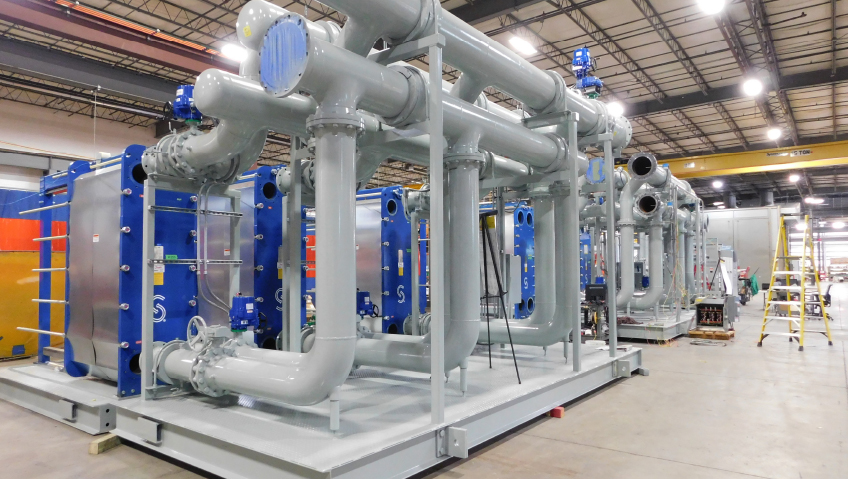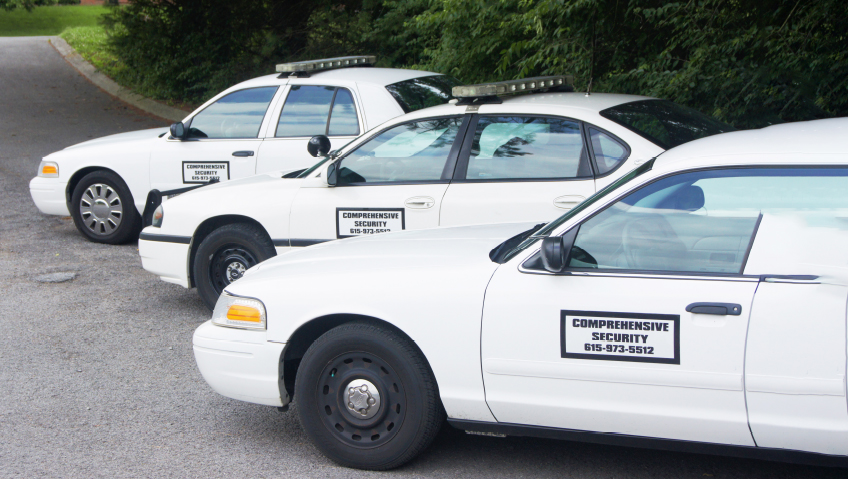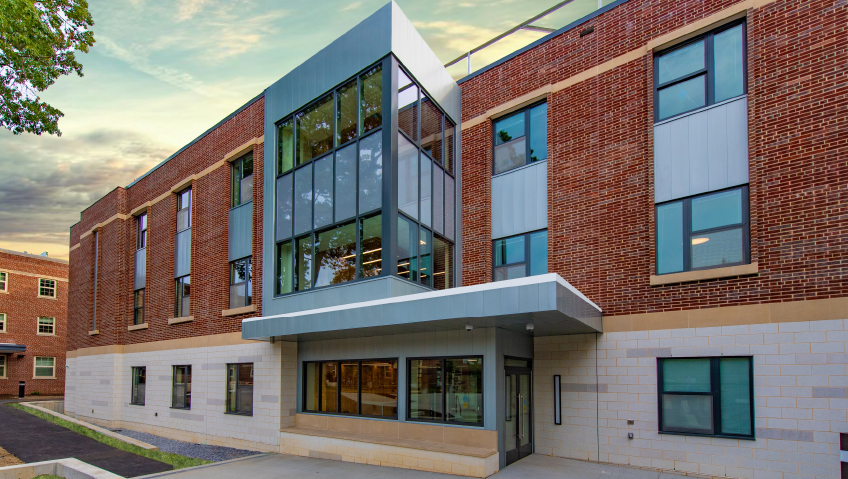A good ‘quality of life’ takes into consideration evaluations of overall physical health, degree of happiness, culture and values, positive social interactions, and liveable neighbourhoods which we gladly call home. The World Health Organization (WHO) defines quality of life as an “individual’s perception of their position in life in the context of the culture and value systems in which they live and in relation to their goals, expectation, standards and concerns.”
Conceptualizing and gauging this multifaceted concept is different for everyone since numerous factors inevitably come into play. Suffice it to say that a satisfying quality of life is something for which we all strive, even more so when aging creates restrictions on one’s independence and capabilities.
The WHO has reported that by 2050, approximately two billion people aged sixty-five and over will be inhabiting this planet, with over seventy percent of the total world population likely to be living in cities.
This presents huge challenges for growing cities that must adapt and provide for their citizens’ expectations, especially their seniors, who are often overlooked in city planning. These seniors will require consideration if they hope to live the rest of their lives with a good quality of life. This quality of life and age-friendly city responses to seniors’ needs dictates one’s longevity.
This is where the ‘smart’ city concept will prove to be instrumental in serving an aging population. The premise is one of senior inclusion rather than exclusion in the cities they call home. Cities worldwide have incorporated the smart city concept into their planning by creating, implementing, and promoting information and communication technologies (ICT) to meet the growing needs of their citizens – young and old alike.
The technologies will include software and communication networks such as the Internet of Things (IoT) to enable both communication and relevant data exchange with connected devices. Data collected is stored on servers or in the cloud to monitor where improvements could optimize efficiencies to benefit all city residents.
Aside from IoT implementation, technologies such as artificial intelligence, application programming interfaces, cloud computing and machine learning can be assimilated into this framework to aid seniors in growing cities. Some smart cities have made available apps that can be installed on a visually impaired or blind individual’s smartphone or tablet. Such apps enable city navigation through real-time environment descriptions, street intersections, and shorter routes to destinations.
Installing a specific app that aids in navigating busy pedestrian crossings, for example, will aid those with restricted mobility. IoT traffic light sensors monitor the pavement and can determine when an elderly or disabled person is about to cross. This smart traffic light monitoring system adjusts the timing of the signal to give a pedestrian more time to make the crossing safely.
Smart cities are also realizing the advantages of employing geospatial technology comprised of geographical information systems (GIS), global positioning systems (GPS), and remote viewing, all of which have improved substantially over the past decade. Those with dementia, Alzheimer’s, or some other form of cognitive or memory impairment can benefit from technologies that serve as a cloud-based GPS tracking platform. This can assist in locating a senior who wanders off and becomes disoriented. Police forces in cities can more readily locate missing people through their receiving equipment which uses radiofrequency technology to pick up signals. Dementia-assisting strategies like this are being invested in by several municipalities.
Various companies manufacture GPS trackers which can be placed in handbags, shoe soles, or ironed into one’s clothing. When trying to locate a lost and disorientated senior, time is of the essence. “More than sixty percent of those with Alzheimer’s or another form of dementia will wander. If a person is not found within twenty-four hours, up to half of individuals who wander will suffer serious injury or death,” according to the Alzheimer’s Association.
In the healthcare realm, sharing medical data via the Internet of Medical Things (IoMT) app enables medical professionals to stay connected with patients and caregivers through remote viewing and monitoring of vital signs and medication schedules, for example. This can eliminate visits to doctors’ offices or hospitals for minor ailments. Consultation and prescriptions are made available through technology, and prescriptions can often be delivered to a home.
Virtual assistants allow seniors help when needed through apps for touch screen tablets, many of which come with automated voices. This gives the senior a sense of someone there to assist—a sense of community—particularly if they live alone.
For the most part, seniors tend to be less active and are encouraged to aim for daily exercise in their communities. Smart cities providing adequate infrastructure with a focus on creating age-friendly environments such as suitable walking routes will achieve this. Designing accessible city neighbourhoods with shaded bench spaces encourages seniors to walk, and walk further, knowing that rest areas are available. The focus needs to shift from a senior’s limitations to encouraging activity.
Striving to improve seniors’ health lends itself to more social interaction and engagement in their community. This, in turn, gives a sense of meaning and identity for the senior rather than a feeling of isolation.
Technological solutions are proving to be viable options moving forward, yet improvements are required in the all-essential public transportation infrastructure to suit a city’s aging population. Being housebound and inactive can result from not having easy access to public transit. It is a fact that seniors who are active daily are more mentally astute and physically healthier for much longer.
For seniors who no longer drive, public transportation is a good option, particularly for those who rely on bussing systems. Safety and accessibility will require some adjustments in the design phase for this form of transportation.
Some senior transit bus options can include door-to-door paratransit services utilizing mini-buses or vans. This gives seniors greater flexibility with scheduling and in getting the assistance required on either end of their trip. Buses equipped with camera systems assist drivers in determining that a senior is safely seated before resuming travel, especially on crowded vehicles. Bus stops should have stable and slip-resistant surfaces to accommodate boarding and exiting.
Passenger movement for those with mobility aids should be adequate for both entering and departing with sufficient sidewalk clearance. Also, bus benches with shelters can prove useful if the wait time for a bus will be longer than fifteen minutes.
Level-boarding buses that kneel at the curb-side or lifts that ease boarding will help both the driver and the aged passenger by providing easy and accessible boarding while reducing boarding time.
Improvements in bus transit access such as additional stops and redesigning routes for those neighbourhoods underserved are well underway in cities across North America. Smart cities are taking into account the needs of their seniors who may be challenged with vision, hearing, or mobility impairment.
Aside from the aforementioned, WHO’s Global Age-Friendly Cities: A Guide notes several concerns when it comes to planning, designing, and implementing strategies for the age-friendly city, three of which include a pleasant and clean environment, green spaces, and age-friendly buildings.
A city’s peaceful natural surroundings are appealing to its seniors who seek noise-controlled, stress-free environments. This is especially true for those with dementia or deterioration in hearing. Hearing loss has the most impact on these people since their ability to comprehend their sensory environment is seriously reduced and can lead to disorientation and falls.
One of the most important elements in age-friendly cities for seniors is having safe, sufficient green spaces in their communities. The spaces should be both accessible and walkable with age-friendly pavements and seating areas for resting. Green spaces provide not only the opportunity for physical activity but social engagement and an appreciation for nature. This, in turn, can help stimulate the mind and the senses.
There are times when seniors, who are living much longer, would benefit most by living in a senior living community or nursing home. But the majority of seniors want to retain their independence, remain lively in their social circles, and live a healthy active lifestyle while remaining in their homes as long as they can. Doing so will require some modifications in their living space where required.
Universal design in the building design phase is a concept that is rapidly growing. This concept ensures that building design considers all of life’s stages up to the preparation for living in the golden years and aging in place.
Smart cities are designed for everyone so that a good quality of life can be achieved. It is not an easy task but special considerations given to seniors in the designing, planning, implementation, and evaluation stages will assure that these cities are responding to the needs of all their citizens. And seniors must have a voice in age-friendly strategic plans.
By doing so, what people deem to be a good quality of life becomes reality.






